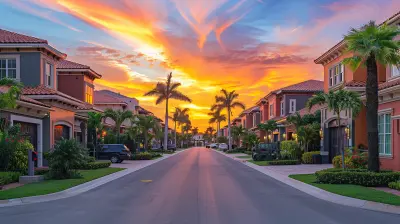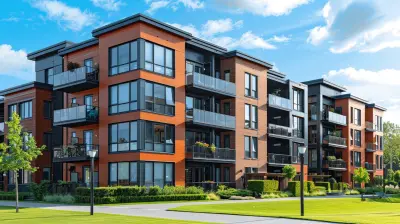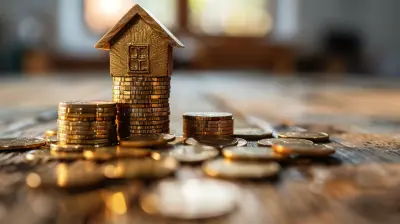Understanding the Hidden Costs of Homeownership
25 May 2025
When most people think about buying a home, they usually picture the big stuff: the down payment, the monthly mortgage, and maybe a little excitement about picking the perfect wall paint. But here’s the real deal—it’s not just about the price tag on the house or the mortgage payments. Hidden costs are lurking around every corner, and if you’re not careful, they can sneak up on you faster than an uninvited guest at a housewarming party.
So, let’s dive deep into the hidden costs of homeownership. Whether you’re a first-time buyer or looking to upgrade, this guide will help you prepare for those sneaky expenses that often catch homeowners off guard. 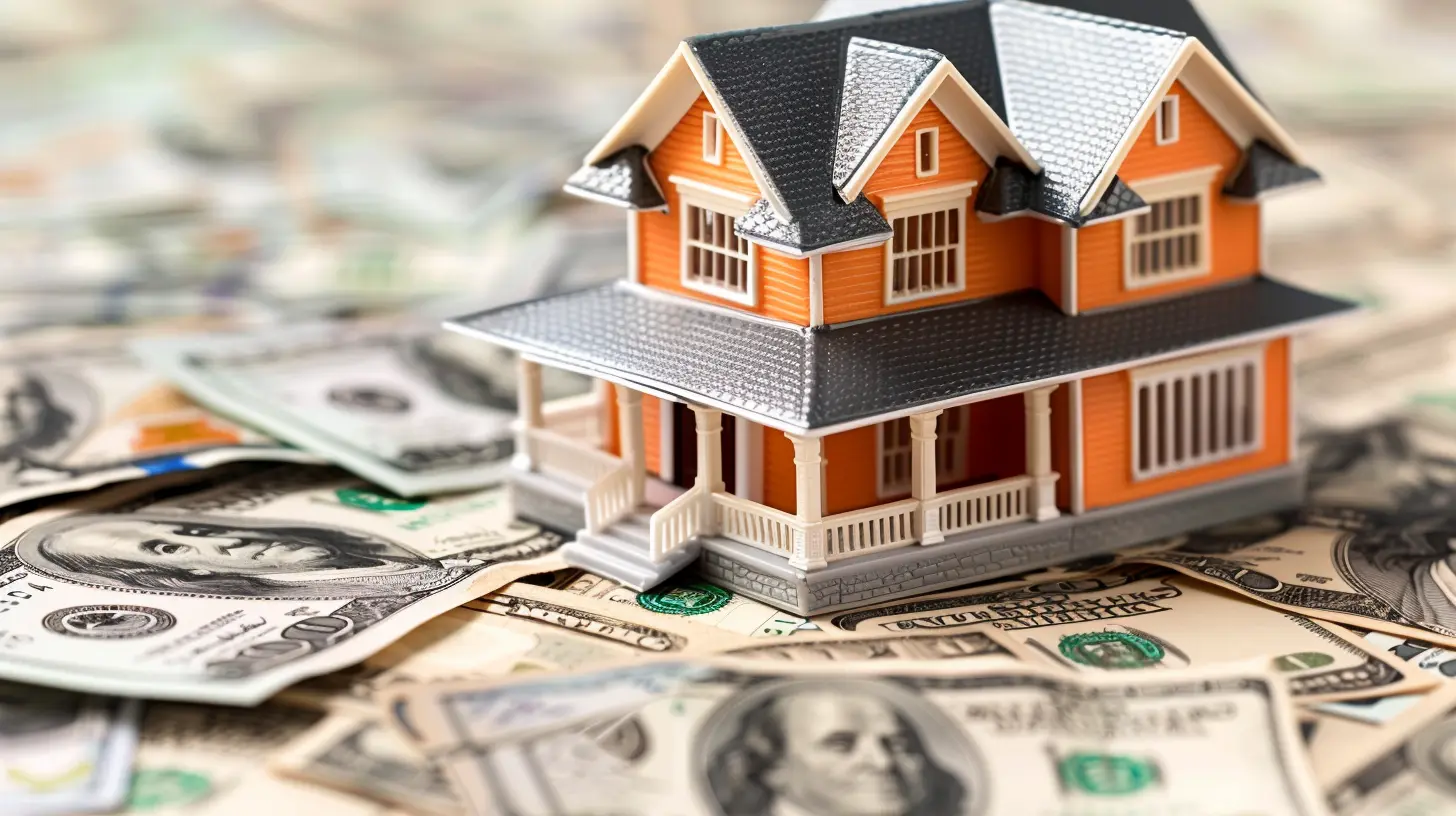
The Obvious (and Not-So-Obvious) Costs
1. Property Taxes: The Gift That Keeps on Taking
Think your mortgage is the end of the line? Think again. Property taxes are a recurring expense that never goes away. What’s tricky about them is that they’re often baked into your monthly mortgage payments, so you might not even notice you’re paying them. However, they can vary wildly depending on where your home is located.Imagine this: you budget perfectly for your mortgage only to discover that property taxes in your area have gone up. Suddenly, you’re shelling out more than you anticipated. And let’s not sugarcoat it—property taxes can be a hefty chunk of change. So, always consider the tax rate in your desired neighborhood before signing on the dotted line.
2. Homeowners Insurance: Because Life Happens
Homeowners insurance isn’t optional—it’s mandatory if you’re getting a mortgage. But here’s the kicker: the cost of insurance isn’t the same for everyone. Factors like the age of your home, location, and even your credit score can impact your premiums.Got a house in a hurricane-prone area? Your insurance may include flood coverage or windstorm protection, which comes with a higher price tag. Living in an area where theft is a concern? That can also drive up costs. It’s like having a jar of jellybeans—you think you know what you’re getting until you reach in and pull out the black licorice.
3. Maintenance and Repairs: The Budget-Busting Surprises
Here’s a reality check: Homes age, and so does everything inside them. Whether it’s a leaky faucet, a broken HVAC system, or a roof that decides it doesn’t want to keep rain out anymore, repair costs can hit you when you least expect it.Experts recommend setting aside about 1% of your home’s purchase price annually for maintenance and repairs. So, if your house costs $300,000, that’s $3,000 a year. Sounds manageable, right? Now factor in the unexpected—a water heater breakdown or a mold problem—and you’ll see why it’s crucial to have a rainy-day fund.
4. HOA Fees: The Cost of Keeping Up Appearances
Buying a home in a community with a Homeowners Association (HOA)? Prepare yourself for monthly or annual fees. HOAs often cover amenities like landscaping, community pools, and security, but the costs can range from a few hundred to thousands of dollars per year.On paper, that might not sound bad, but here’s the catch: you don’t always have control over how the money is spent. And let’s face it, nobody wants to pay for a fancy gated entrance when what you really needed was better street lighting.
5. Utilities: It’s More Than Just Flipping a Switch
Sure, you knew you’d have to pay for electricity, water, and gas. But do you know how much those actually cost in your new home? Utility bills can vary drastically based on the size and age of your house, the local climate, and even how energy-efficient the property is.If you’re moving from an apartment to a single-family home, brace yourself. A bigger space usually means bigger bills. Suddenly, your thermostat feels like a financial decision rather than a temperature setting. 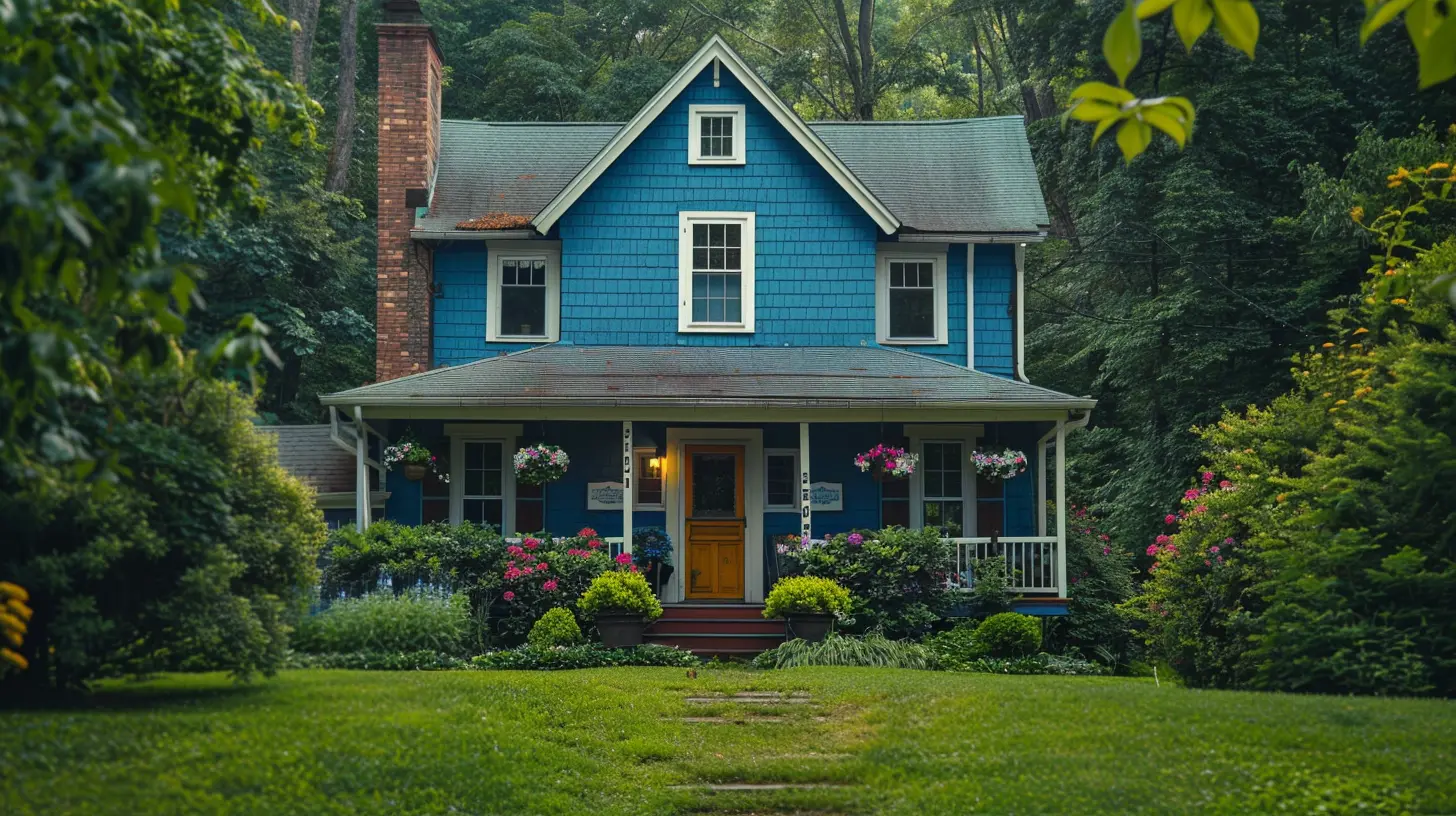
Do The Hidden Costs Ever End?
6. Closing Costs: The Grand Finale Before You Get the Keys
You might think that once you’ve saved for the down payment, you’re good to go. Not so fast—closing costs are another hurdle. These fees cover everything from appraisal costs and loan origination fees to title insurance and attorney expenses.Closing costs can range from 2% to 5% of your home’s purchase price. So, if you’re buying a $300,000 home, you’re looking at $6,000 to $15,000. It’s like going out to dinner and realizing the tip isn’t included in the bill.
7. Furniture and Appliances: Making the House Feel Like Home
When you’re busy house hunting, you’re probably imagining what it’ll look like furnished. But here’s the thing—filling a house with furniture and appliances can add up quickly.You might not need everything at once, but even the basics—like a refrigerator, washer and dryer, or a couch—can strain your budget. And let’s not forget the little things: curtains, rugs, and even light fixtures. Before you know it, your wallet feels lighter than a helium balloon.
8. Lawn Care and Landscaping: Curb Appeal Costs Cash
If your dream home comes with a big backyard and perfectly manicured hedges, remember that they don’t maintain themselves. Lawn care services, gardening supplies, and landscaping upgrades can be ongoing expenses.Want to DIY it? It might save you money, but it’ll cost you time and energy. Either way, the cost of keeping your yard Instagram-worthy can quickly add up. 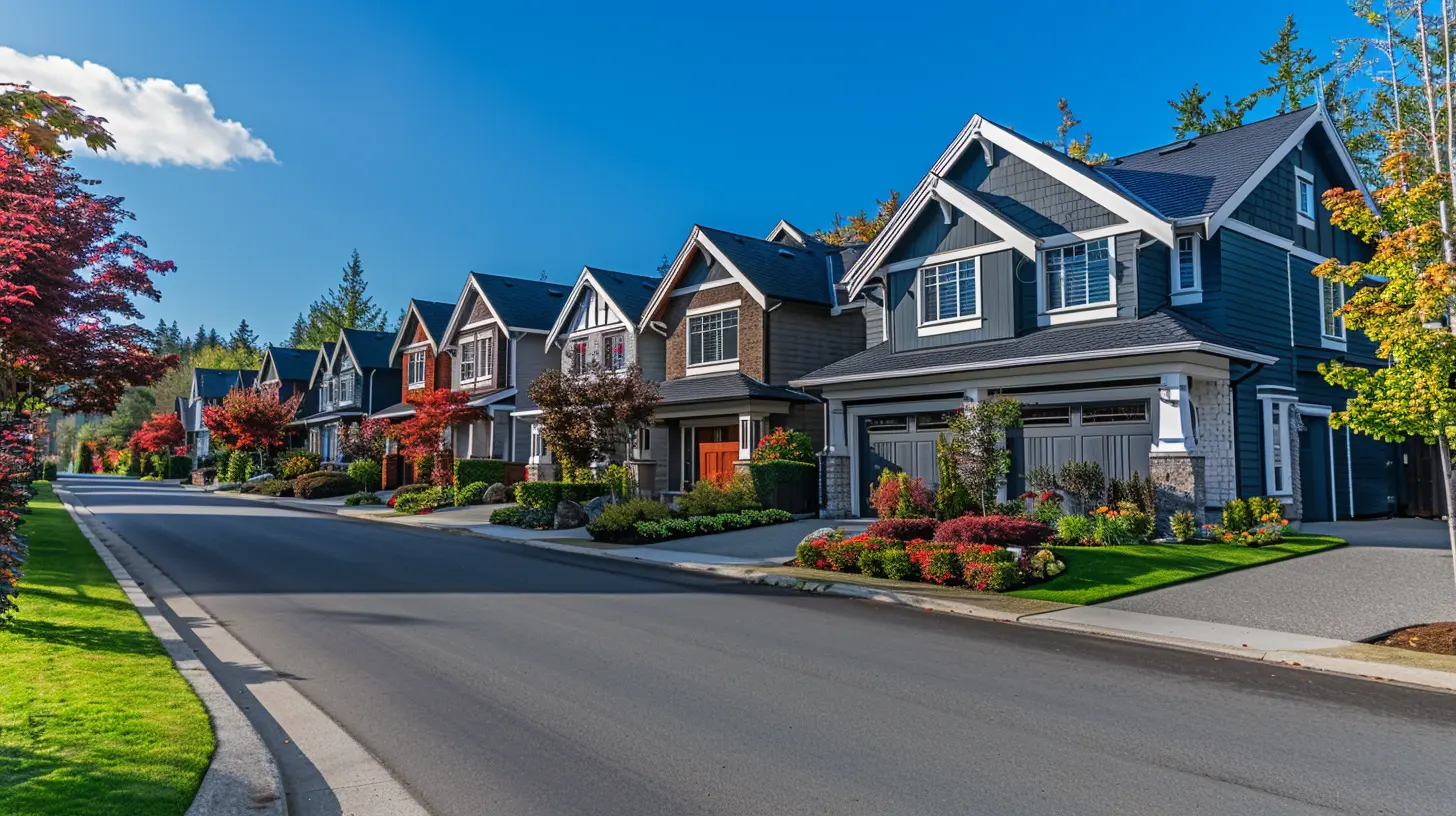
So, How Do You Prepare for These Costs?
Budget, budget, budget. This can’t be emphasized enough. Use the 30/30/3 rule: spend no more than 30% of your gross income on housing, keep at least 30% of the home’s value in savings for emergencies, and make sure the home costs no more than 3x your annual income.Start an emergency fund. Whether it’s to cover surprise repairs or unexpected utility bills, having extra money set aside can save you from financial stress.
Do your homework. Research property taxes, HOA fees, and utility costs in the area you’re looking to buy. Talk to locals or your real estate agent—they’re often a goldmine of useful information.
Get a home inspection. This can uncover potential issues before you commit. It might feel like an added expense upfront, but it’s worth every penny if it saves you from buying a money pit.
Don't forget about energy efficiency. Older homes can come with higher utility bills due to outdated appliances or poor insulation. Investing in energy-efficient upgrades can save you money in the long run. 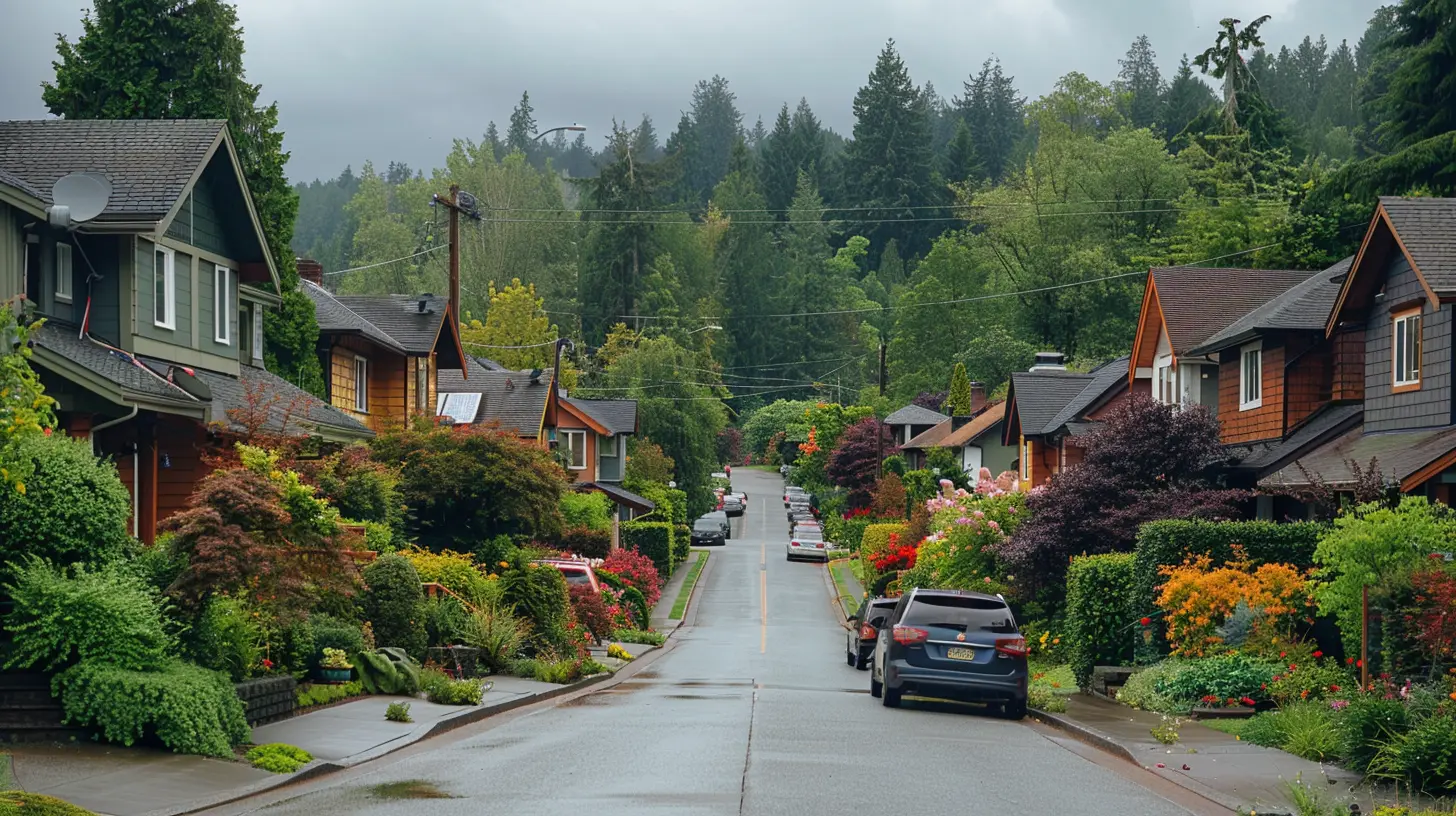
Conclusion
Owning a home is a dream for many people, but it’s not just the upfront costs you need to think about. The hidden costs of homeownership can turn that dream into a financial nightmare if you’re not prepared. From property taxes and insurance to maintenance and utilities, these expenses add up faster than you think.But here’s the good news: with careful planning and budgeting, you can tackle these hidden costs head-on and enjoy the perks of owning your own home. After all, a home isn’t just a place to live—it’s an investment in your future. When you’re prepared for the unexpected, you can focus on turning your new house into the cozy sanctuary you’ve always wanted.
all images in this post were generated using AI tools
Category:
Residential Real EstateAuthor:

Lydia Hodge
Discussion
rate this article
3 comments
Velvet McKee
Homeownership extends beyond the mortgage; plan for all expenses wisely.
June 10, 2025 at 10:47 AM

Lydia Hodge
Absolutely! Beyond the mortgage, budgeting for maintenance, taxes, and utilities is crucial for sustainable homeownership.
Daniel McKibben
Homeownership: where the joy of owning meets the surprise party of hidden costs! Remember, it’s not just the mortgage—there’s a lot waiting to jump out at you!
June 1, 2025 at 3:33 AM

Lydia Hodge
Absolutely! Homeownership comes with many unexpected expenses—it's essential to budget for maintenance, repairs, and other hidden costs to avoid surprises down the road.
Kylie Lawson
Homeownership: where your bank account gets a workout, your weekends vanish, and every door creak sounds suspiciously like 'good luck!' Remember, it’s all part of the 'fun' package!
May 26, 2025 at 4:25 AM

Lydia Hodge
Absolutely! Homeownership can be a mix of joy and financial strain, and it's important to be prepared for those unexpected costs and challenges.
